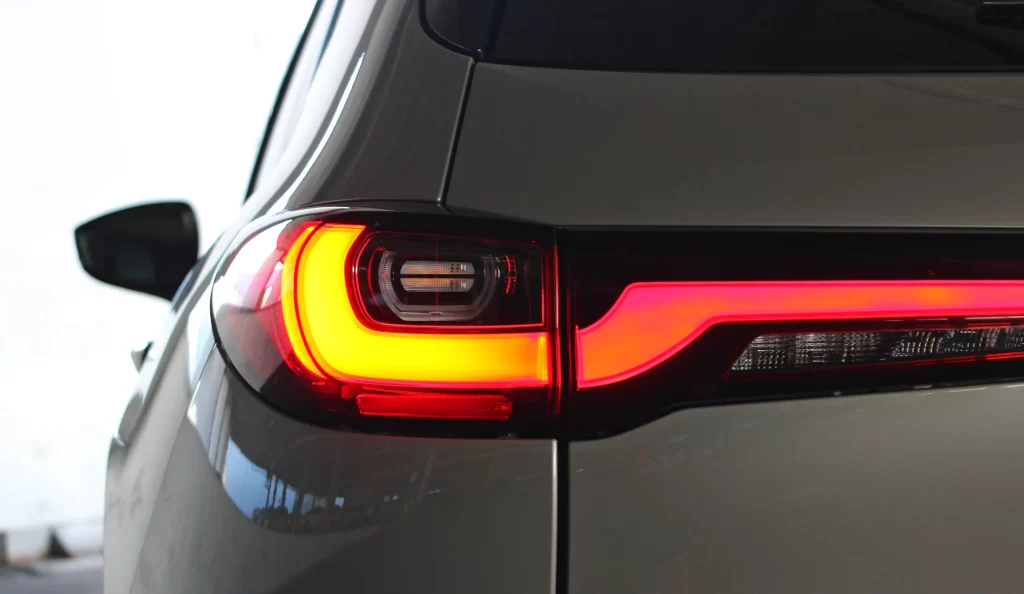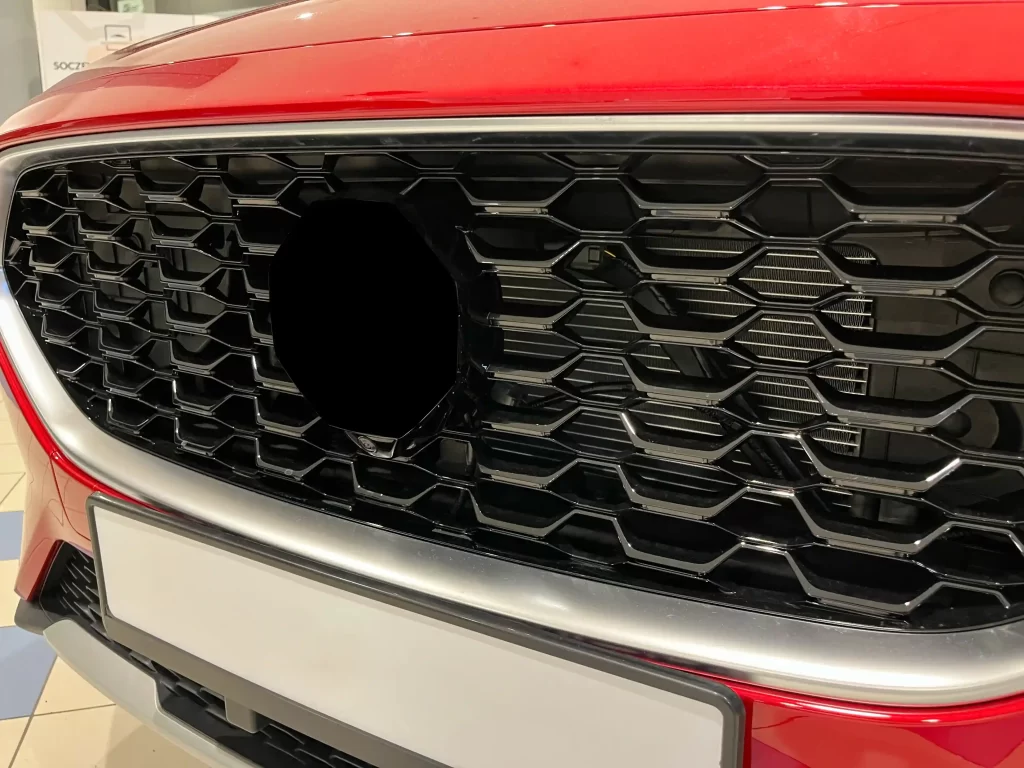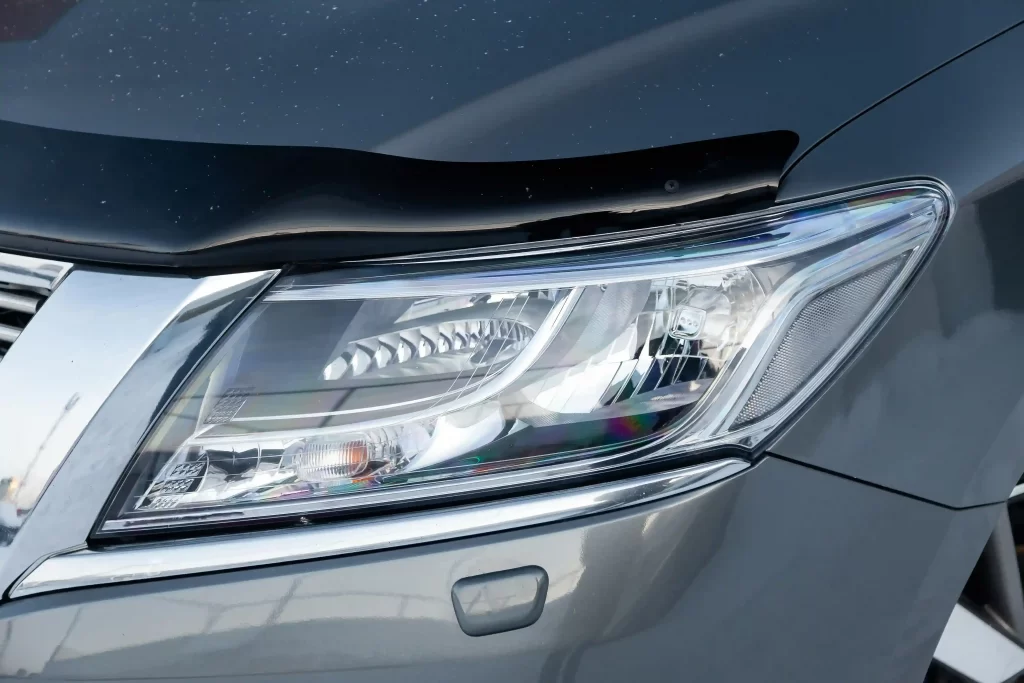Electric Fans have today become an irreplaceable fixture in automobiles as one of the most critical components in providing thermal stability, engine safeguarding, and durability performance. As automobile designs shrink with tighter engine compartments and higher output engines, there has never been a greater need for efficient cooling systems than it is now. Electric fans fill in to play this role by providing controlled, efficient, and versatile airflow that mechanical fans may not be able to achieve. They are not only utilized to control temperatures, they control fuel efficiency, air conditioner performance, and even passenger driving comfort. Knowing their function, construction, and application educates drivers and manufacturers about just how vital these fans become in the modern transport.
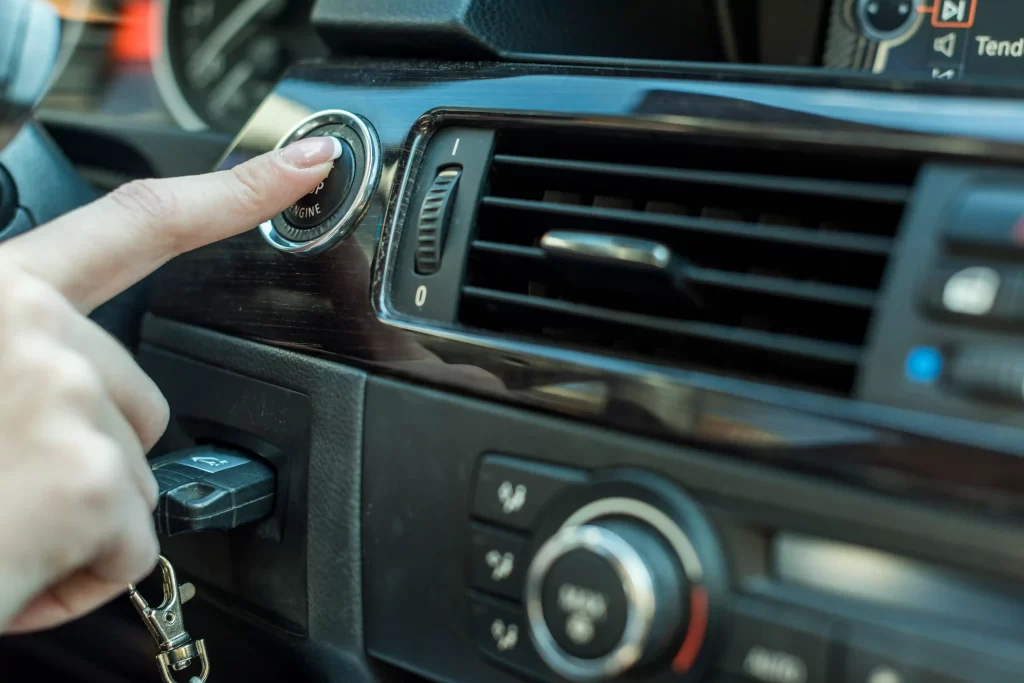
Electric Fans in Vehicle Cooling Systems
Auto electric fans are heat accumulation protectors, and they ensure engines are in the most preferable temperature zone. In relation to the more primitive mechanical fans that drew energy from engines, electric fans only turn on when summoned, thus being more cost-effective. The on-demand turning on is such a precious characteristic in modern automobiles, where performance and fuel economy must ideally be equally in harmony.
The Role of Electric Fans in Temperature Control
One of the fundamental uses of automotive electric fans is to maintain a constant engine temperature under varying driving conditions. During low-speed driving or road congestion, natural airflow across the radiator is disrupted. Electric fans switch on automatically to draw cold air in via the radiator fins, where heat that has been taken up by the coolant is dissolved. This regulation prevents overheating, which reduces efficiency, leads to premature engine wear, or in the worst case, total engine destruction. With the regulation of the engine temperature, electric fans keep sensitive engine parts cool and deliver smoother, more efficient drives.
Contribution to Air Conditioning Efficiency
In addition to engine cooling, electric fans also contribute to air conditioning efficiency by extracting heat from the condenser. Without a constant airflow, the condenser is not effective in shedding heat accumulated from the cabin and therefore provide little cooling. This is quite common in hot weather or stop-and-go traffic situations where airflow is unavoidably restricted. Electric fan-supplemented condenser operation enables the air conditioning system to provide acceptable cabin temperatures without overloading the compressor, thereby ensuring added passenger comfort and component life.
Supporting Overall Vehicle Safety and Performance
Along with improving air conditioning and temperature management, electric fans improve overall performance and safety. Overheating not just incapacitates the engine but also damages mounted systems such as transmission and emission controls. Indigenous overheated vehicles can tolerate decreased fuel economy, degraded performance, and chronic mechanical ailments. Electric fans ward off such dangers by responding to highly precise thermal temperatures, rendering the vehicle secure under adverse conditions like towing, hill climbing, or extended idling. In effect, they are quiet guardians that make cars perform at peak efficiency.
Design Features of Automotive Electric Fans
Electric fan operation is very much dependent upon their design engineering. All the details, from blade shape to motor gunk buildup, are considered when it comes to how efficiently they transfer air and can survive the harshness of the auto environment. New designs apply aerodynamics, ruggedness, and smart power management in an effort to offer long-term reliability.
Blade Design and Aerodynamic Efficiency
Fan blades are designed to deliver maximum airflow with no unwanted resistance. The wedge-shaped, sloping blades deliver maximum air flow at the lowest cost of energy. Computationally intensive fluid dynamics (CFD) modeling is used most of the time for the design of blades that result in the least turbulence and maximum pressure. The result is a fan delivering high-concentration airflow over the radiator with lower vibration and sound. This cooperation is of paramount significance in modern vehicles where quiet operation and comfort are as crucial as mechanical performance.
Motor Performance and Power Consumption
Electric motor fans are compact but high-performance and designed to operate best from a 12V or 24V automotive electrical circuit. High-quality motors use precision bearings, copper-wound windings, and high-quality insulating materials to provide more heat tolerance. A well-designed motor provides solid airflow without over-taxing the alternator and battery, an essential consideration for vehicles with heavy electronic accessories. By maximizing airflow output compared to low energy input, electric fan motors contribute to performance and fuel efficiency.
Durability and Material Quality
The most important thing about car fan design is its durability. Such fans must be able to withstand heat, vibrations, dust, and moisture within the engine compartment. Housings and blades are commonly fabricated from ABS heat-resistant plastic or polymers with reinforcement that offer thermal resistance and structural strength. Metallic components are commonly treated for protection against corrosion so that the fan will continue to function as required even in different environments. These materials not only extend the life of the fan but also prevent breakages which would impact engine safety.

Performance Benefits of Electric Fans in Vehicles
The advantages of electric fans reach far beyond the prevention of excessive heat buildup. Their availability improves the overall driving experience, reduces operating expenses, and promotes environmental goals. Through their provision of controlled and efficient air flow, electric fans allow vehicles to operate at their highest levels regardless of the conditions.
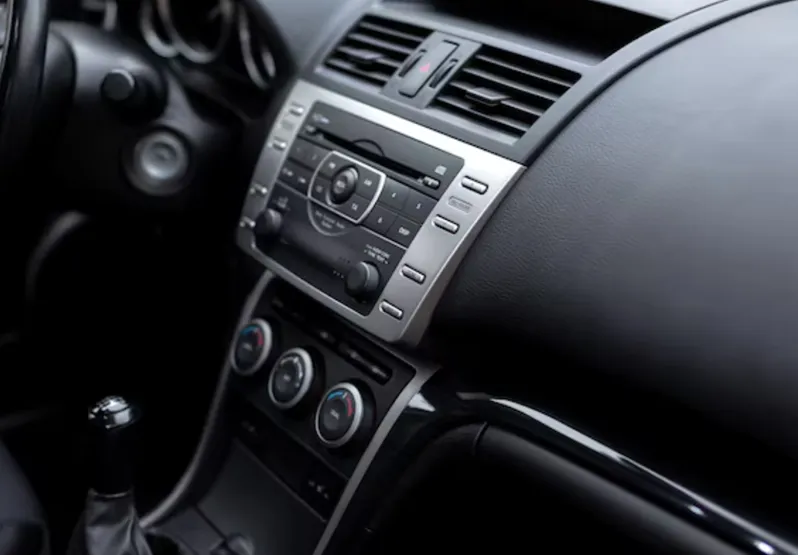
Improved Fuel Efficiency and Reduced Load
Mechanical fans draw power straight from the engine, creating a parasitic load except during peak cooling requirements. Electric fans only operate when temperature sensors show hotter temperatures. That demand-driven power use saves fuel and improves engine efficiency. Drivers enjoy more efficient gas mileage, and manufacturers are able to cut emissions and meet new regulations. In the long term, this makes electric fans cost- and environmentally friendly.
Quieter and Smoother Driving Experience
Another key benefit of electric fans is that they are quiet. Contrary to mechanical fans which become noisy as engine RPMs get higher, electric fans run independently without any change in sound pattern. High-performance setups include vibration dampeners and balanced blades to further minimize noise. Quieter operation translates into an even smoother driving experience with jarring mechanical noises not coming from the engine compartment.
Enhanced Adaptability to Driving Conditions
Electric fans are highly versatile. As the car crawls along heavy traffic, climbing steep inclines, or carrying heavy loads, the fans speed up according to cooling needs. Top-of-the-line models even employ variable-speed operation, which allows them to adjust airflow depending on the conditions. This versatility enables the engine to perform well under changing conditions, making the drivers feel comfortable under city and highway driving conditions.
Factors to Consider When Selecting Electric Fans
The selection of the best electric fan is made by studying the vehicle specification and product details carefully. All the fans are not manufactured by the same process, and improper selection of fans may lead to poor cooling or overloading of the electrical system. The buyers need to be cautious about the most important factors to purchase the right one.
Airflow Rating and Fan Size
An electric fan’s CFM rating in general is exactly the extent to which it cools an automobile. The greater the engine with greater heat generated, the greater CFM ratings are required in order to protect engine safety temperatures. The physical size of the fan, on the other hand, also must be fairly smaller to fit inside the engine compartment without touching other parts. The appropriate airflow rating and vehicle size compatibility ensures the fan delivers consistent cooling performance.
Compatibility with Vehicle Electrical Systems
12V is used by most passenger vehicles, while heavy goods vehicles and buses use 24V. Compatibility with the electrical system is a matter of importance to provide optimal performance. Incompatible fans will overload the circuit or not provide enough power. Wires, relays, and connectors need to be selected accordingly to provide stable and secure performance in the long run as well. Such compatibility is particularly required on newer vehicles where electronics already consume a lot of power.
Safety Features and Control Mechanisms
Good electric fans incorporate protection devices to protect the fan and vehicle. Thermal cutoff switches prevent overheating, relays and fuses to safeguard against electrical overloads, electronic control modules in certain models to manage fan speed based on engine temperature and AC system load. These modern systems provide uniform cooling without the possibility of harm, adding to the life of the system overall.
Future Trends in Automotive Electric Fans
With the trend towards hybrid and electric powertrains, electric fans will also evolve to address future thermal management needs. They will become more intelligent, lighter weight, and efficient to keep up with future technologies.
Integration with Smart Sensors and ECUs
Smart integration is the way of the future for car enthusiasts. Integration into the car’s electronic control units (ECUs) means that fans will be vastly efficient, reacting with lightning speed to changes in temperature. The integration will keep the engines, transmissions, and even the battery packs within optimal operating conditions, achieving the best efficiency and safety.
Use of Lightweight and Eco-Friendly Materials
To support global sustainability goals, manufacturers are experimenting with light, eco-friendly materials for fan components. Reducing the weight of every component supports overall vehicle efficiency with reduced environmental expense. Environmentally friendly materials help vehicles to become more environmentally friendly with increasingly stringent environmental laws.
Enhanced Efficiency for Electric and Hybrid Vehicles
In hybrids and electric vehicles, it is not only engines but also batteries and electronics that need to be cooled. The future generation of electric fans is being engineered to provide pinpoint cooling to those components. Their higher efficiency will be a major factor in optimizing battery life, charging safety, and maintaining performance during high electrical loads.
Conclusion
Electric Fans have transformed the way automobiles approach heat, efficiency, and comfort. From protection against engine overheating to auxiliary air conditioning system aid, fuel efficiency, and reduced noise, they are an asset in modern automotive development. Selection of an electric fan is dependent upon close inspection of airflow rate, fitment, and safety parameters to prevent long-term deterioration. In the forthcoming years, advanced technologies such as intelligent integration, light-weight material, and higher efficiency will continue to make electric fans even more inexorable in the era of electric and hybrid cars. To manufacturers or drivers, an expenditure on high-performance electric fans is not so uncertain a matter of convenience—a matter of investment in performance, ecology, and safety. Welcome to visit us at Mercedes-Benz BMW Headlight, tail light mill, body kit OEM&ODM factory manufacturer to learn more details.

